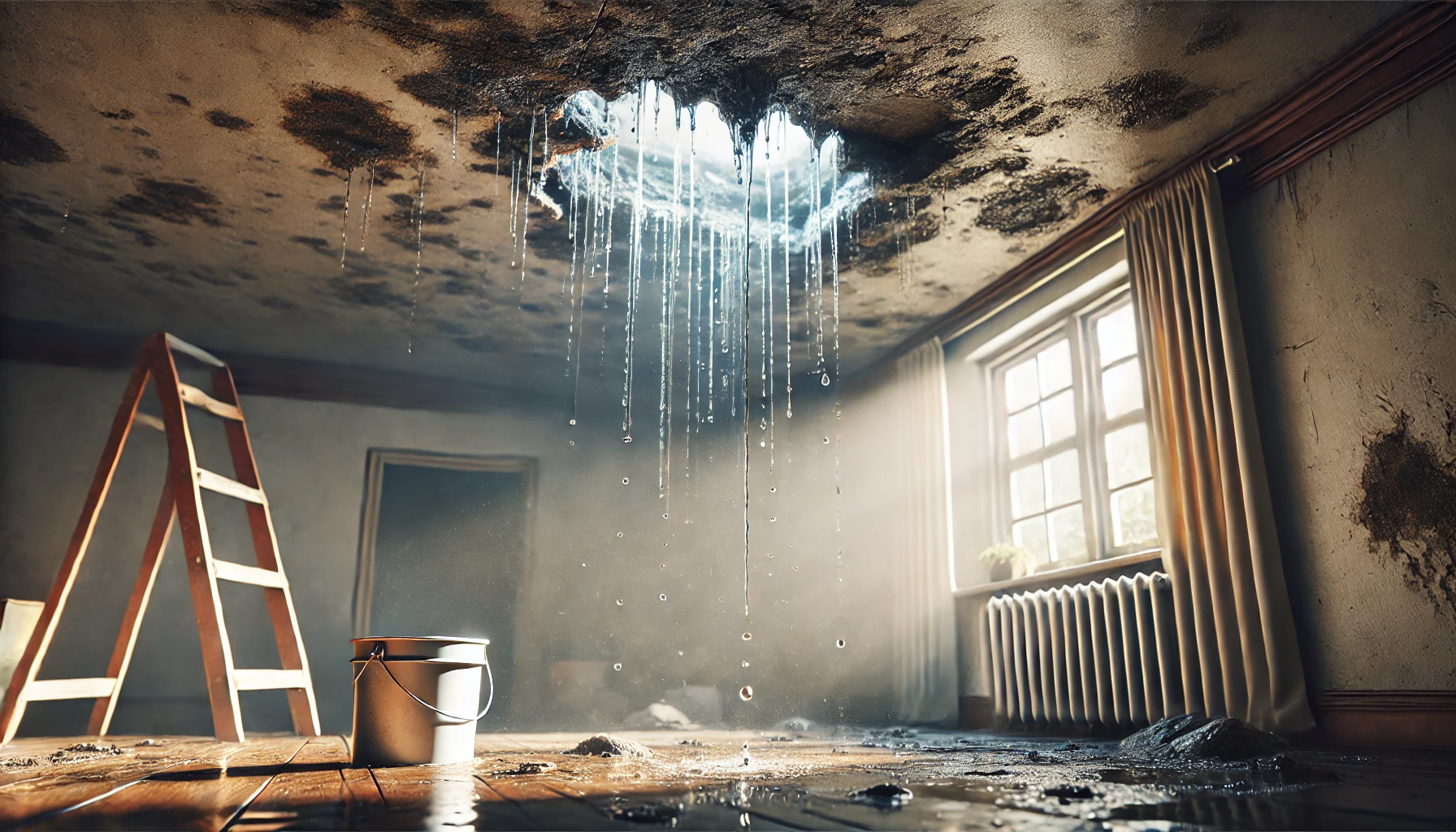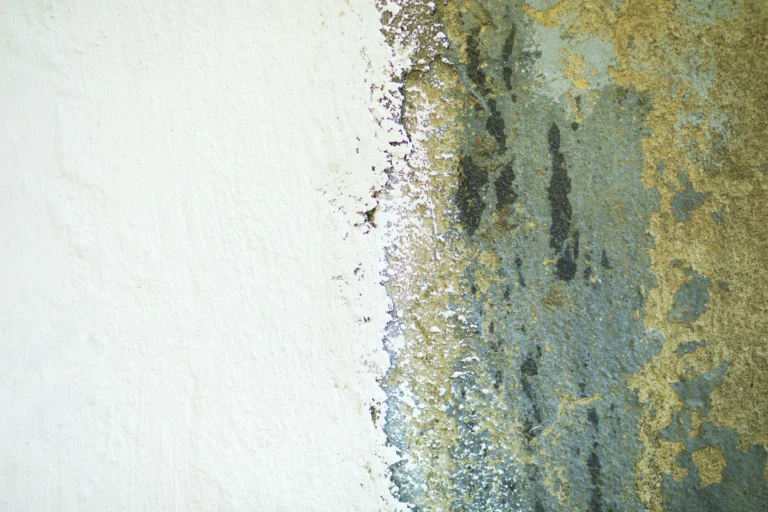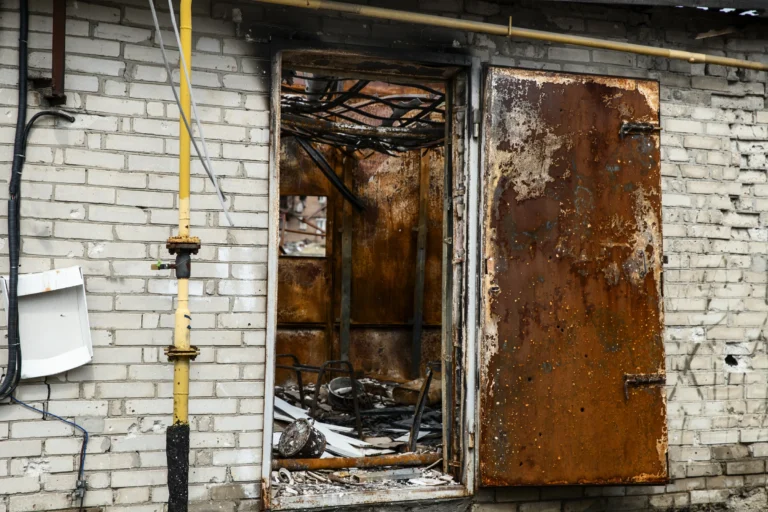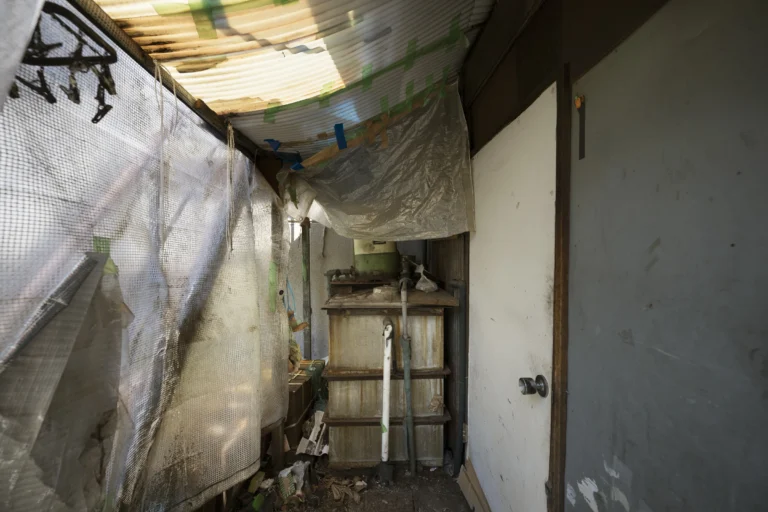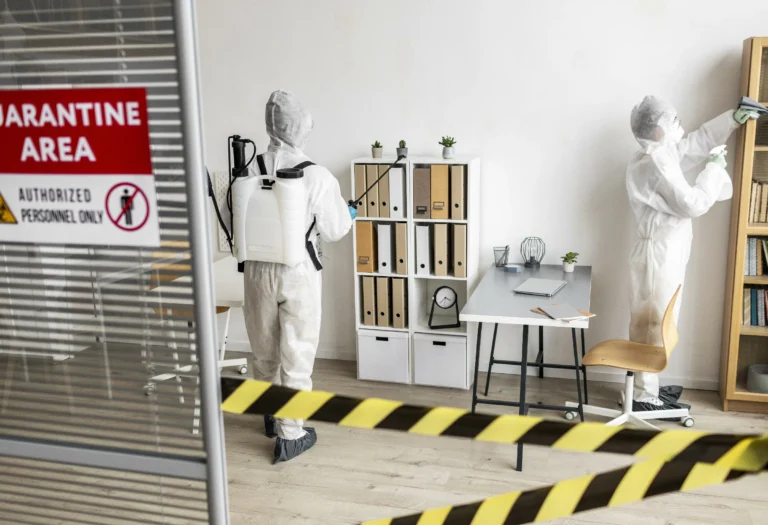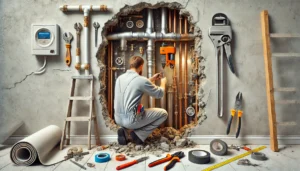A well-maintained roof is crucial for protecting your home from the elements. However, water leakage in roof systems can lead to significant damage and costly repairs. Understanding how to address and prevent these issues is vital for maintaining the integrity of your property. This blog will explore the causes of water leakage in roof systems, identify signs to watch for, and provide actionable steps to ensure your roof remains in top condition.
Causes of Roof Water Leakage
Aging and Deterioration of Roofing Materials
One of the primary causes of water leakage in roof systems is the aging and deterioration of roofing materials. Over time, materials such as shingles, tiles, and membranes can lose their flexibility and resilience due to prolonged exposure to the elements. As they age, these materials may become brittle, cracking and creating small gaps that allow water to infiltrate. Regular inspections are crucial to detect signs of aging, such as curling shingles or discoloration, and to perform necessary repairs before minor issues escalate into major leaks. Implementing a routine maintenance schedule can extend the lifespan of your roof and enhance its water resistance.
Poor Installation or Repairs
Another common cause of water leakage in roof is inadequate installation or substandard repair work. When roofing materials are not installed according to industry standards, they may not provide a watertight seal, resulting in leaks. Similarly, repairs made with insufficient expertise can create vulnerabilities. It is essential to hire qualified and experienced roofing professionals who are knowledgeable about best practices and can guarantee high-quality workmanship. Investing in proper installation and repairs can save homeowners from costly leaks and repairs in the future.
Damage from Weather Events
Extreme weather conditions pose a significant threat to roof integrity, often leading to water leakage in roof. Events such as heavy rain, strong winds, hail, and snow can cause various types of damage. For instance, high winds may displace shingles, creating openings for water to enter, while heavy rain can exploit existing vulnerabilities in roofing materials. Hail can cause punctures and dents, weakening the roof’s defense against moisture. To mitigate the impact of severe weather, it is vital to ensure your roof is designed to withstand local climate conditions. Additionally, conducting thorough post-storm inspections can help identify and address any damage promptly.
Blocked or Damaged Gutters and Downspouts
The role of gutters and downspouts in water leakage in roof management cannot be overstated. When gutters become blocked with debris, leaves, or ice, they cannot channel water away from the roof effectively. This can lead to water pooling on the roof, increasing the risk of leaks. Stagnant water can seep under shingles, causing damage over time. Regular cleaning and maintenance of gutters and downspouts are essential to prevent clogs and ensure efficient water drainage. Installing gutter guards can also help minimize debris accumulation and reduce the risk of blockages.
Roof Structure Issues
Design flaws or improper roof slopes can contribute to water pooling, increasing the likelihood of leaks. A roof with inadequate slope may not effectively shed water, allowing it to collect in certain areas and eventually seep through roofing materials. Additionally, flaws such as poorly installed flashing or unsealed roof valleys can create weak points susceptible to water intrusion. Engaging a professional for a thorough assessment of your roof’s structure can help identify these issues. Correcting structural flaws not only prevents leaks but also enhances the overall durability and performance of the roofing system.
Neglected Maintenance
Lastly, neglected roof maintenance can lead to a multitude of problems, including water leakage in roof systems. Many homeowners overlook routine inspections and upkeep, allowing small issues to fester into significant leaks. Regular maintenance, including cleaning, inspections, and minor repairs, can greatly extend the life of your roof and minimize the risk of water leakage. Establishing a proactive maintenance plan can help ensure your roof remains in optimal condition, ultimately protecting your home and investment.
Signs of Water Leakage in Roof
Water Stains on Ceilings and Walls
One of the first visible signs of water leakage in roof systems is water stains on ceilings and walls. These discolored patches or streaks indicate that water has seeped through the roof and affected interior surfaces. If left unchecked, water stains can lead to more severe issues, such as mold growth and structural damage. Prompt action is essential to address these signs and prevent further deterioration.
Water Leakage in Roof: Understanding the Signs and Implications
Water leakage in roof systems is a pressing concern for homeowners, often leading to costly repairs and compromised living conditions. Recognizing the signs of water intrusion is essential for timely intervention and preventing further damage. In this article, we will explore the various indicators of roof water leakage and discuss the necessary actions to mitigate its effects.
Dripping Water or Puddles Indoors
One of the most immediate and alarming signs of water leakage in roof systems is the presence of dripping water or puddles indoors. This phenomenon is often observed after heavy rainfall or severe storms, indicating that the roof’s protective barrier has been compromised. When you notice water accumulating inside your home, it is crucial to act quickly to prevent extensive damage. While temporary measures, such as placing buckets to catch the water, can provide immediate relief, the priority should be to locate the source of the leak. Engaging a professional roofer to assess the situation can help identify the underlying issue and facilitate prompt repairs to restore the integrity of your roof.
Mold and Mildew Growth
The appearance of mold and mildew within your home is another significant indicator of persistent water leakage in roof systems. These fungi thrive in damp environments, and their presence suggests that water has been seeping into the interior for an extended period due to water leakage in roof systems. Mold and mildew can pose serious health risks, including respiratory issues and allergies, and they can spread rapidly if left unaddressed. To combat this problem, it is essential to fix the underlying leakage issues and thoroughly dry the affected areas. In some cases, professional remediation may be necessary to ensure that all traces of mold are removed and that your living environment remains healthy.
Sagging Ceilings or Rooflines
Sagging ceilings or rooflines are alarming signs of significant water damage caused by water leakage in roof systems. This sagging often occurs due to water accumulation that compromises the structural integrity of the materials. When water collects in certain areas, it can weaken ceilings and roof structures, posing a serious risk to the safety of your home. If you notice any sagging, it is imperative to seek immediate professional intervention. Roofing experts can assess the damage, identify the source of the leak, and take necessary measures to prevent further deterioration, ensuring the stability of your home.
Peeling Paint or Wallpaper
Peeling paint or wallpaper is another telltale sign of water leakage in roof systems. When water infiltrates walls and ceilings, it disrupts the adhesion of paint and wallpaper, resulting in blistering and peeling. This issue not only detracts from the aesthetic appeal of your home but also indicates underlying moisture problems that need to be addressed. To resolve peeling paint and prevent further damage, it is crucial to identify and repair the source of the roof leak. By tackling the roof issues promptly, you can restore the appearance of your interior and protect your home from additional water damage.
Increased Energy Bills
While not as obvious as other signs, increased energy bills can also indicate water leakage in roof systems. Water intrusion can compromise your home’s insulation, making it harder to maintain a consistent temperature. As your heating and cooling systems work harder to compensate for lost energy efficiency, you may notice a spike in your utility bills. If you suspect that water leakage is contributing to this increase, it is essential to conduct a thorough inspection of your roof and insulation. Addressing any leaks and reinforcing insulation can help restore energy efficiency and lower your monthly expenses.
Rust or Corrosion on Metal Fixtures
If your roof contains metal fixtures, such as flashing or vents, the presence of rust or corrosion can be a clear sign of water leakage in roof. When moisture accumulates on metal surfaces, it can lead to deterioration over time. Rust not only weakens these fixtures but also increases the risk of leaks and further damage. Regular inspections of metal components on your roof are crucial for identifying early signs of corrosion. If rust is detected, it is vital to address the issue immediately by repairing or replacing the affected areas to prevent extensive damage to your roofing system.
Immediate Steps to Take When You Notice a Leak
Protect Your Belongings
Move any items away from the affected area to protect them from damage caused by water leakage in roof. This helps minimize the impact on your possessions and reduces cleanup efforts. Acting quickly can prevent further harm and preserve the condition of your belongings.
Catch Dripping Water
Place buckets or containers under any dripping water to manage the flow and minimize indoor damage caused by water leakage in roof systems. While this is a temporary measure, it helps control the situation until a permanent repair can be made. By acting swiftly to address dripping water, you can limit damage to your walls, ceilings, and flooring, thereby protecting your home’s interior from further harm.
In addition to using buckets, it’s important to regularly monitor the area for any changes in water flow or new leaks that may arise. Once you have contained the immediate issue, it is crucial to contact a professional roofer to assess the underlying cause of the water leakage in roof. They can provide a thorough inspection of your roof and identify any potential weaknesses that need attention.
Implementing this proactive approach not only helps in managing the current situation but also paves the way for effective long-term solutions. By addressing the root cause of water leakage in roof systems, you can restore your roof’s integrity and prevent future leaks, ensuring a safe and dry living environment for you and your family.
Dry Wet Areas
Thoroughly dry wet areas on floors, walls, and ceilings to prevent mold growth and further damage. Use fans, dehumidifiers, or towels to remove excess moisture. Proper drying is crucial for maintaining a healthy living environment and preventing long-term damage from water leakage.
Inspect the Roof
Carefully inspect the roof and attic for visible damage to locate the source of the leakage. Look for missing shingles, damaged flashing, or other issues that may be contributing to the problem. Conducting a thorough inspection helps identify the root cause and allows for effective repairs.
Long-term Solutions for Roof Water Leakage
Regular Roof Inspections
Conduct regular roof inspections to identify and address minor issues before they become major water leakage problems. Routine checks help detect early signs of wear and tear, preventing potential leaks from causing extensive damage. Keeping up with inspections ensures your roof remains in good condition.
Timely Repairs
Address any signs of damage promptly to prevent them from worsening and causing severe water leakage. Quick repairs help contain the problem and avoid costly future repairs. By staying proactive, you can maintain your roof’s effectiveness and prevent significant issues from developing.
Proper Roof Ventilation and Insulation
Ensure your roof has adequate ventilation and insulation to reduce the risk of water leakage. Proper ventilation regulates temperature and moisture levels, preventing condensation and leaks. Good insulation supports the roof’s structural integrity and extends the lifespan of roofing materials.
Clean Gutters
Regularly clean gutters and downspouts to prevent water accumulation that can lead to water leakage in the roof. Clogged or damaged gutters cause water to overflow and seep into the roof structure, resulting in damage. Keeping gutters well-maintained ensures effective water management and protects your roof.
Professional Assessment and Repair
Seek the expertise of a professional roofing contractor for comprehensive assessments and durable repairs. Experienced roofers can accurately diagnose issues, provide reliable solutions, and ensure repairs are done correctly. Their expertise is crucial for maintaining the roof’s integrity and ensuring long-term performance.
Preventative Measures
Scheduling Routine Maintenance and Inspections
Schedule regular maintenance and inspections to keep your roof in optimal condition. Routine checks help catch potential problems early and prevent water leakage in the roof. Staying proactive with maintenance ensures your roof remains effective in protecting your home.
Investing in Quality Roofing Materials
Invest in high-quality roofing materials to enhance your roof’s durability and resistance to water leakage. Quality materials provide better protection against the elements and reduce the risk of leaks. Choosing the right materials can significantly extend the lifespan of your roof.
Keeping an Eye on Weather Forecasts
Monitor weather forecasts and prepare your roof accordingly. Severe weather conditions can increase the risk of water leakage, so being prepared can help mitigate potential damage. Taking preventative measures based on weather conditions helps protect your roof and property.
Understanding Roofing Warranty and Coverage
Understand your roofing warranty and coverage to ensure you’re aware of what is included. A comprehensive warranty can provide additional protection against water leakage issues and other problems. Knowing your coverage helps you take full advantage of any available support.
The Importance of Professional Help
Benefits of Hiring a Professional Roofing Contractor
Hiring a professional roofing contractor offers numerous benefits, including specialized expertise and reliable solutions for water leakage in roof systems. Professionals can accurately diagnose and resolve complex issues, ensuring that leaks are effectively fixed and your roof’s integrity is maintained.
How Experts Can Identify Hidden Issues
Roofing experts are skilled at uncovering hidden problems that may contribute to water leakage. They conduct thorough inspections to identify underlying issues and provide durable solutions. Addressing these hidden problems helps prevent further damage and ensures your roof is well-protected.
Case Studies or Testimonials from Satisfied Customers
Reading customer testimonials and case studies provides valuable insights into the effectiveness of professional roofing services. Positive reviews often highlight successful resolutions of water leakage issues and the high quality of work provided. These real-life experiences demonstrate how expert help can efficiently address and resolve water leakage problems.
Addressing water leakage in roof systems promptly is essential for maintaining your property’s structural integrity and avoiding costly repairs. Regular inspections, timely repairs, and proactive maintenance are key to preventing leaks and protecting your home. By staying vigilant and implementing effective solutions, you can ensure a secure and comfortable living environment for you and your family.
Don’t wait until small issues become major problems. Schedule an inspection with our roofing experts today to ensure your roof remains leak-free. Visit our website or contact us to get started and safeguard your home from water leakage in the roof.
Storm/Disaster Recovery “Rapid Response for Weather-Related Emergencies” Storm/Disaster Recovery When storms or disasters strike, the aftermath can be overwhelming. Alpha Construction & …
Mold Remediation Service “Effective Solutions for Mold Challenges” Mold Remediation Mold infestations can be more than just an unsightly issue; they …
Fire & Smoke Damage “Expert Care for Your Fire-Damaged Property” Smoke & Fire Damage Experiencing fire damage can be a traumatic …
Water Damage Restoration “Rapid, Reliable Solutions for Water Damage Emergencies” Water Damage restoration Water damage can strike when you least expect …
Biohazard/Crime Scene Cleaning “Professional and Compassionate Cleanup Solutions” Biohazard/Crime Scene Cleaning Service Handling biohazard and crime scene situations requires not only technical …
Odor Removal Service “Eliminating Unpleasant Odors, Restoring Freshness” Odor Removal Service Unpleasant odors in your home or business can be more than …

